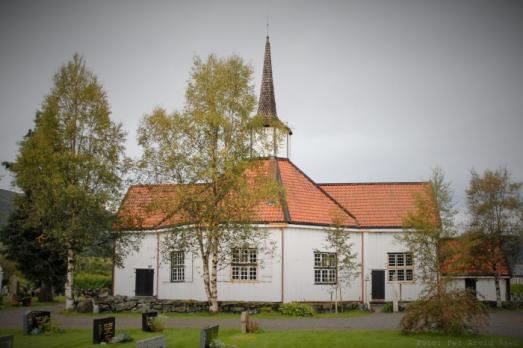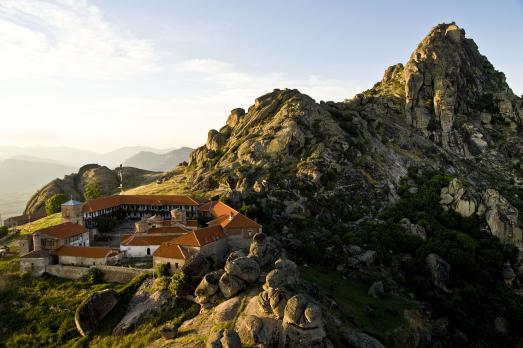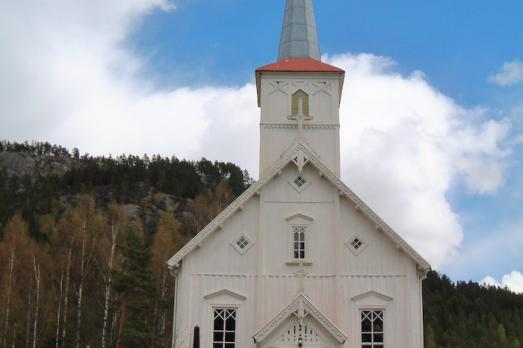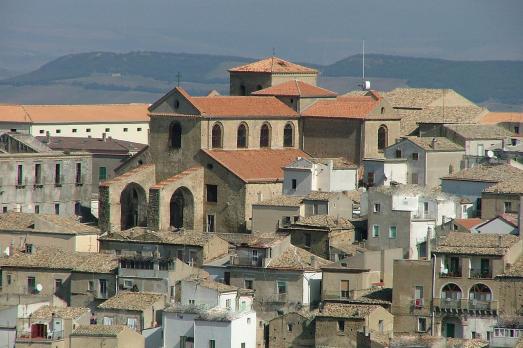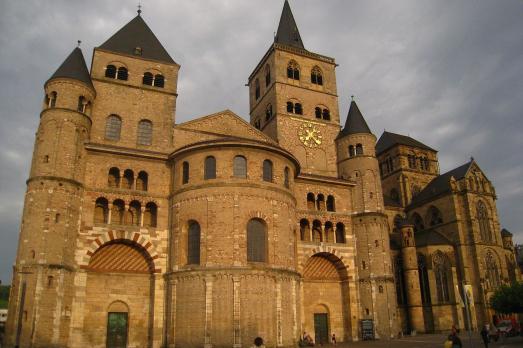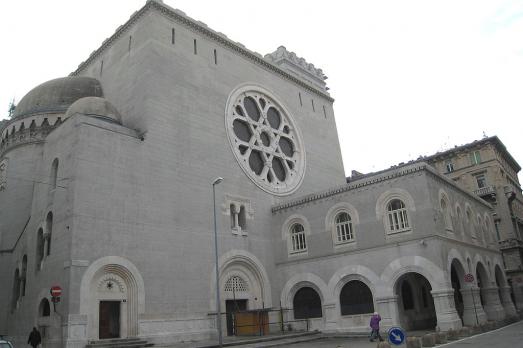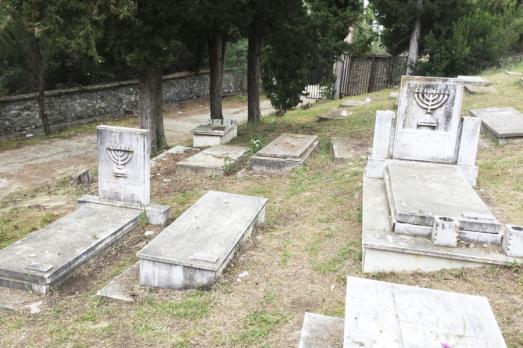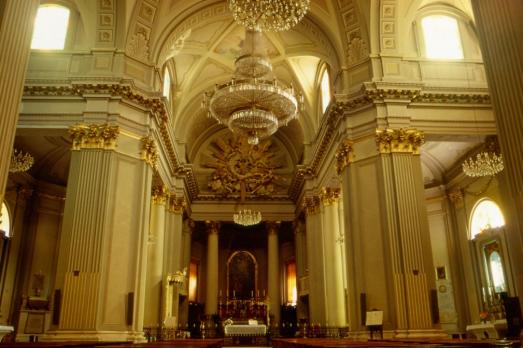
Treia Cathedral
Treia, IT
The present Treia Cathedral building was constructed between 1782 and 1814 according to the plans of the architect Andrea Vici. It has a Greek cross plan with three naves, divided by Corinthian columns and pillars. It has a large crypt. The church was damaged after the earthquake that hit central Italy in 2016.
